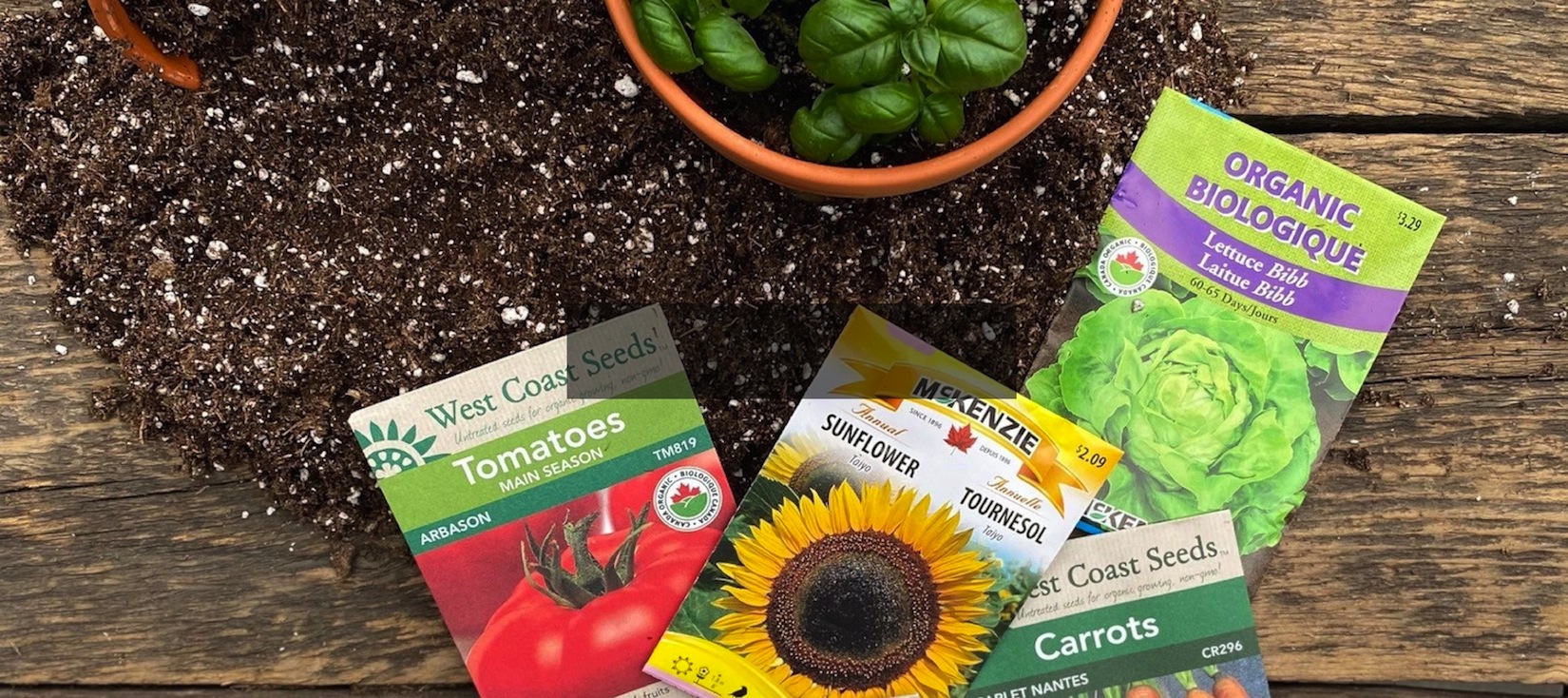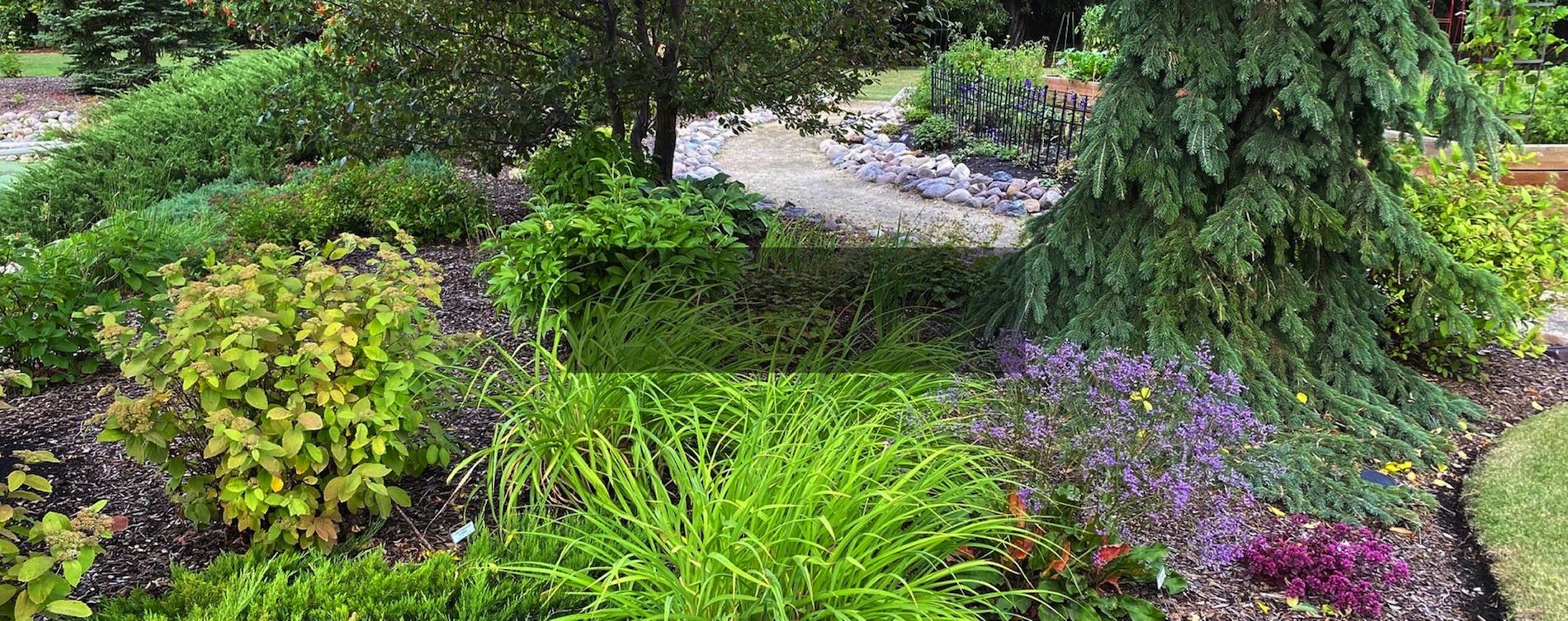ROSES FAQ's


A. There may be a couple of reasons as to why your peonies are not blooming. When planting peonies, it is important that the rhizome (the hard ‘bulb’ the foliage emerges from) is planted no deeper than 2″ beneath the soil surface. If the planting depth is fine, check the light your plant is receiving; peonies require a full sun location in order to produce blooms. Thirdly, Botrytis, a fungal disease affecting peonies, can prevent blooming. Symptoms of this include browning foliage, and browning/hardening of flower buds. Should you see these symptoms, affected growth should be pruned back.
A. There are several types of Clematis, so several target dates and methods of pruning involved. Here are the specifics for each type:
• Hybrid Clematis (Jackmanii, Nelly Moser) – In many pruning books, Hybrids are divided into pruning categories of B1 and B2. In our cold climate, vines often die back completely to the ground in winter, so these categories are often more a source of confusion than help. For all hybrids, wait until growth emerges in spring; if we had a mild winter, growth may come back on old wood, and you can prune any dead wood ABOVE where the new growth begins. If we had a harsh winter, new growth will emerge from the ground; you can then prune back all of the dead wood from last season.
• Species Clematis (viticella) – New growth will emerge from the ground; cut back all of the old wood in spring.
• Alpine/Big Petal Clematis (alpine, macropetala) – New growth will emerge from old wood; prune only to restrict size, remove damaged branches.
A. As perennials bloom at different periods throughout the summer, each plant will require a different transplant time. Simply put, transplant the perennial when it is least active. For example, Peonies bloom early summer, so are best transplanted in fall, when they are not actively setting buds or blooming. Black Eyed Susan (Rudbeckia) is a fall bloomer, so is best transplanted in spring, when it is not actively setting flower buds or blooming. When transplanting, dig up the entire clump and divide it into 3 pieces. Discard the center portion (this is the original parent plant and is the most exhausted part of the plant). Replant the other two pieces. Always water transplants in with 10-52-10 transplant fertilizer or Pro Mix Root Booster 5-15-5.
A. Slugs can be a huge source of frustration – they hide in dark moist places during the day, then devour our plants at night. To start to battle slugs, you must first remove their habitat. In spring, replace any moist mulch laden with eggs, keep your garden weed free and trim low lying shrub branches. Removal of slugs is very important – hand picking the slugs in the early morning or at dusk is most effective. However if hand picking isn’t your first choice, here are some other suggestions:
• Slug Traps – use purchased traps or plastic containers filled with stale beer – slugs crawl in and drown.
• Safer’s Slug and Snail Bait – This quick acting bait has an active ingredient safe for pets and birds but kills slugs when ingested.
• Natural deterrents include crushed egg shells, coffee grounds or sawdust spread around and beneath plants.
A. The easiest way to prevent aphids on Virginia Creeper is to spray the plant with Dormant Oil in early spring, when the temperature is above zero but before the buds open up. This will kill any overwintering eggs that are on the stems. Click here for more information.





